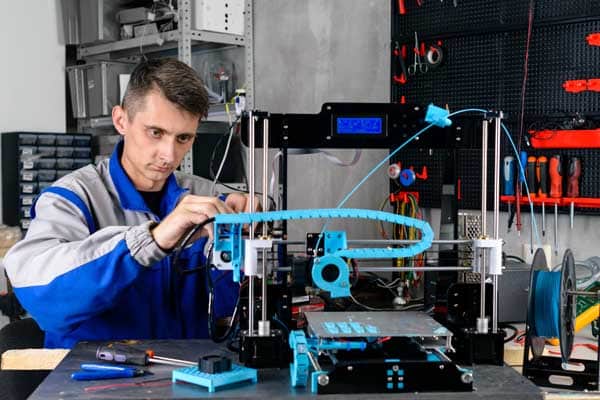Manufacturing stands as the bedrock of economic progress, representing the transmutation of raw materials into consumable products and tools. Let’s delve deep into its intricate nuances.
What is Manufacturing?
Manufacturing is a systematic process of converting raw materials, components, or parts into finished goods that meet specific customer requirements. It’s a cornerstone of our global economy, enabling mass production of products, from daily essentials to sophisticated machinery.
Different Types of Manufacturing
To comprehend the full breadth of manufacturing, one needs to recognize the varied types of processes.
1. Job Production
Job production, often known as “custom production,” is tailored for individual customer requirements. This approach is prevalent in industries where unique products are demanded, such as bespoke furniture or luxury car manufacturing.
2. Batch Production
Here, goods are produced in batches or sets. After one batch is completed, production switches to a different batch, often necessitating a change in setup. Examples include bakeries or apparel manufacturing where different designs are produced in batches.
3. Mass Production
As the name suggests, mass production involves manufacturing identical products on a grand scale. Think of products like screws, bolts, or any item where uniformity is essential.
4. Continuous Production
This is an uninterrupted process where materials continuously enter one end and finished products emerge from the other. Oil refineries are perfect illustrations of this method.
Pivotal Examples of Manufacturing
Let’s illuminate the spectrum of manufacturing with a few illustrations:
- Automobile Manufacturing: Here, multiple components like engines, tires, and electronics are assembled to produce vehicles.
- Electronics Manufacturing: Involves producing gadgets, ranging from smartphones to laptops, by assembling various electronic components.
- Pharmaceutical Manufacturing: This process transforms chemical compounds into valuable medications.
- Textile Manufacturing: Natural or synthetic fibers are transformed into wearable garments.
Manufacturing as an Economic Indicator
The health of the manufacturing sector often mirrors the overall economic well-being of a nation. Here’s why:
- Employment: Manufacturing industries create a multitude of jobs, fueling employment rates.
- Export Revenue: Many nations rely on manufactured goods as primary export items, driving trade balances.
- Innovation: Manufacturing propels technological advancements, fostering innovation.
- Contribution to GDP: A robust manufacturing sector directly boosts the Gross Domestic Product (GDP).
The Future of Manufacturing
With technological evolutions like Industry 4.0, the manufacturing landscape is undergoing rapid changes. Automation, Artificial Intelligence (AI), and the Internet of Things (IoT) are reshaping how goods are produced, ensuring efficiency, precision, and scalability.
In Summary
Manufacturing, with its myriad processes and vast impact, remains a cornerstone of global economic health. As technological advancements continue, manufacturing will evolve, promising a future of increased efficiency and innovation. Understanding its intricacies provides insights into our ever-changing world, and underscores the importance of this pivotal sector.







